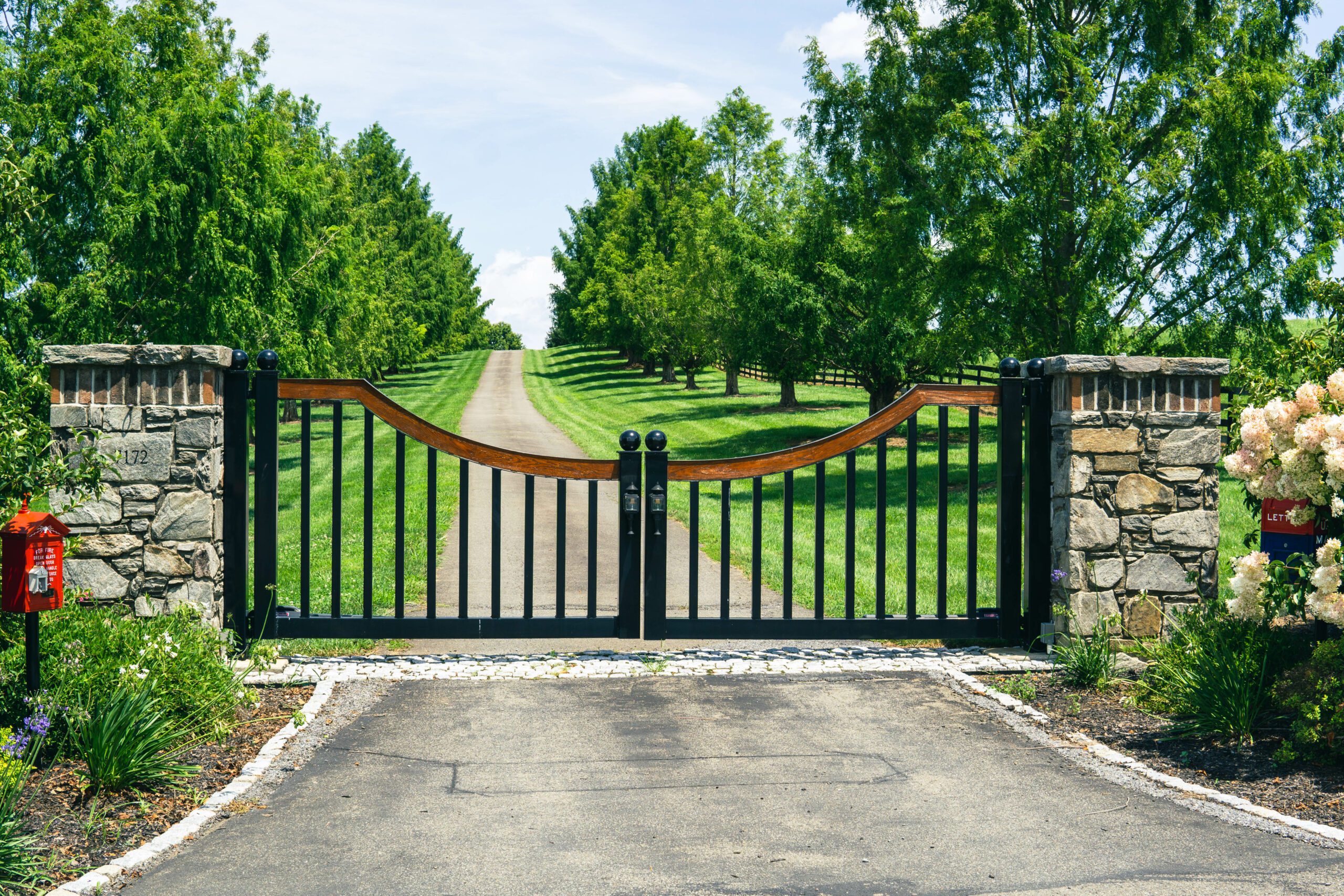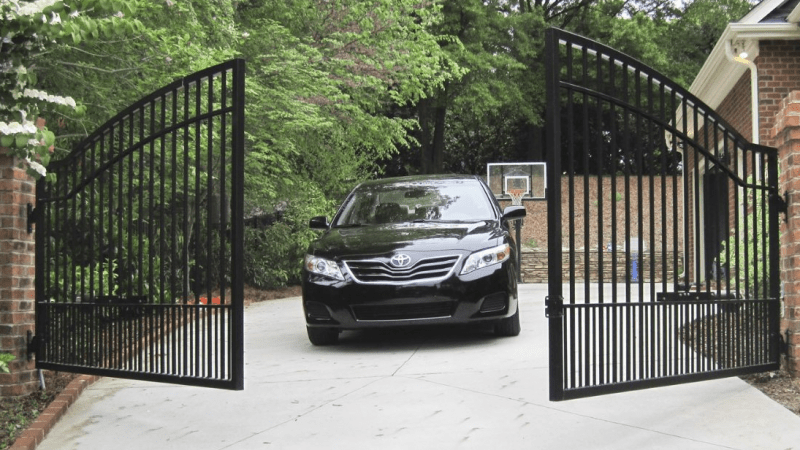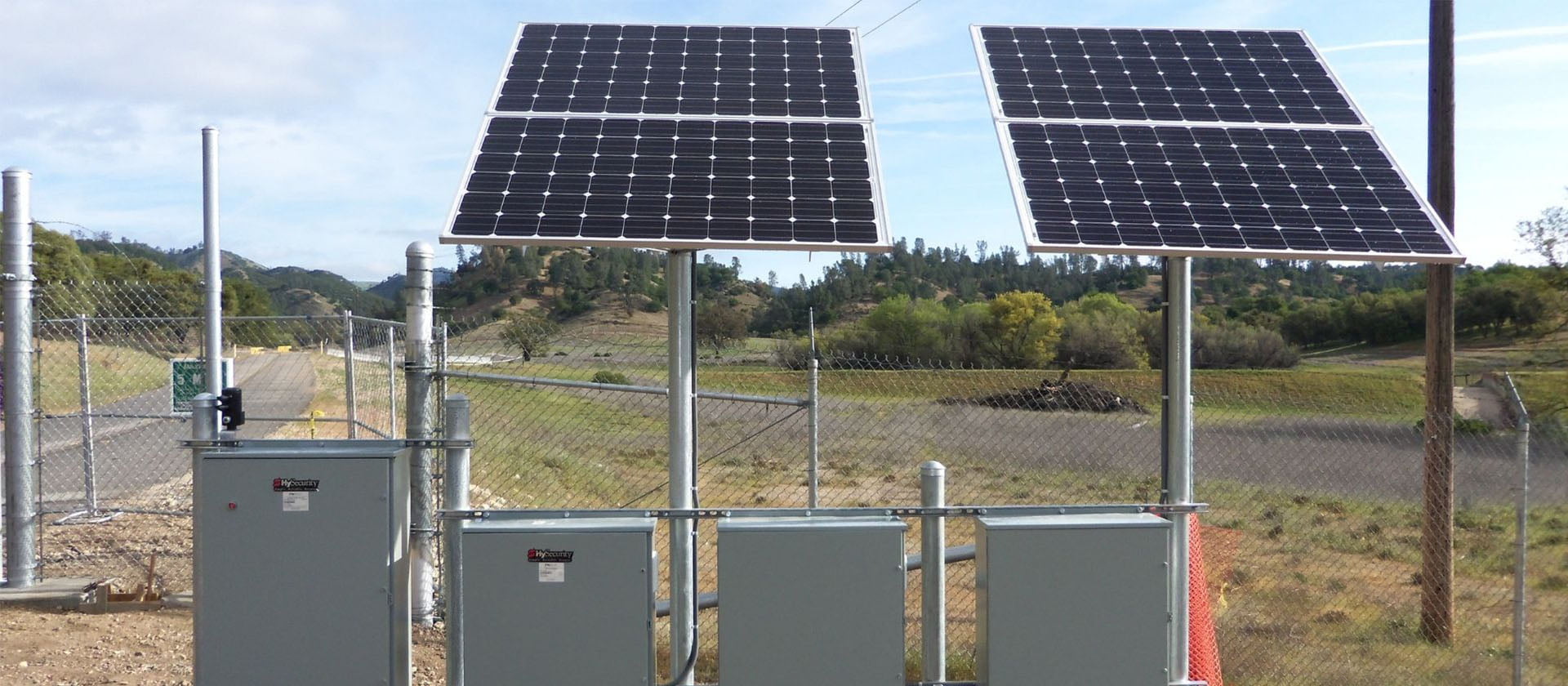Introduction: Welcome to ProGateControls, your one-stop resource for everything concerning automated gate systems. Today, we’re going to discuss the top 10 most common problems with automated gates and how to fix them. While the automated gate industry continues to innovate, like all mechanical systems, issues can arise. Knowing what these problems are and how to address them can help maintain the reliability and efficiency of your automated gate system.
- Gate Won’t Open or Close: This is the most common problem encountered with automated gates. The causes can be multiple, ranging from a power failure, malfunctioning remote control, to issues with the gate’s mechanical components. Always start by checking the power source and batteries in your remote. If these aren’t the problem, it’s recommended to hire a professional to inspect the gate’s mechanism and control panel.
- Slow Moving Gates: This issue is typically due to lack of lubrication or obstructed gate tracks. Regularly lubricating the gate’s moving parts and keeping the gate track clear can easily resolve this problem.
- Gate Makes Noise During Operation: Grinding or squeaking noises could suggest the need for lubrication or indicate a more serious problem like worn-out components. Lubricate the gate’s parts and, if the problem persists, consider reaching out to a gate technician.
- Irregular Gate Movement: If your gate isn’t opening or closing smoothly, the problem could be with the gate’s wheels or track. Inspect them for signs of damage or debris, and clean or replace as necessary.
- Remote Control Failure: If your gate doesn’t respond to the remote, check the batteries first. If that’s not the issue, the remote or its receiver may need to be replaced.
- Automatic Gate Opener Doesn’t Work in Cold Weather: Cold weather can affect the performance of the gate’s opener due to the thickening of the lubricant, which makes it harder for the motor to operate. Using a weather-resistant lubricant can mitigate this problem.
- Misaligned Gates: Over time, gates can become misaligned due to ground movement or wear and tear. Regular gate alignment checks are crucial to prevent this problem, and if misalignment occurs, professional adjustment may be necessary.
- Problems with Gate Sensors: The gate’s sensors can become dirty or misaligned, causing the gate to malfunction. Regularly clean the sensors and check their alignment to ensure proper function.
- Wear and Tear on Mechanical Components: Over time, mechanical parts such as springs, hinges, and screws can wear out. Regular maintenance and prompt replacement of worn-out parts can help keep the gate operating smoothly.
- Inaccurate Limit Switch Settings: The limit switch regulates the gate’s opening and closing distances. If not correctly set, your gate may not fully open or close. This can typically be resolved by resetting the limit switch according to the manufacturer’s instructions.
Conclusion: Preventive maintenance is key to avoiding most of these common problems with automated gates. Regular inspection and timely repairs can ensure your gate system remains in optimal working condition. If you’re uncomfortable performing these checks and fixes yourself, remember it’s always best to hire a professional to ensure safety and quality.
At ProGateControls, we’re dedicated to providing you with the most up-to-date industry information, solutions, and innovations. Stay tuned for more articles on automated gate systems, and feel free to reach out to us with any questions you may have.
Remember, a well-maintained gate isn’t just about convenience; it’s also crucial for security and safety. So keep these tips in mind, and ensure your automated gate system is always performing at its best!



